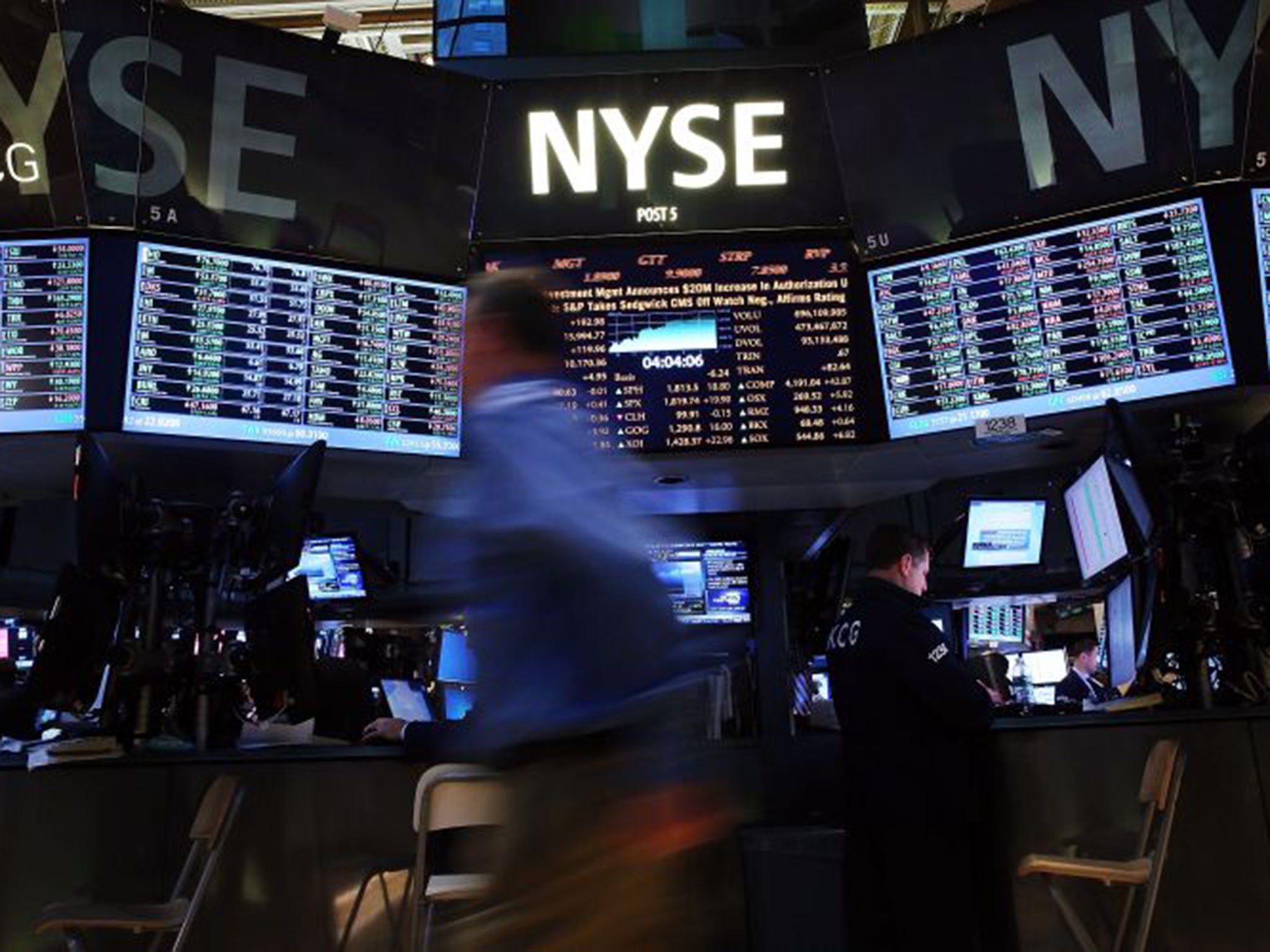It is possible the global economy will be trapped in QE for ever
As desperation increases, more extreme policy measures can also be expected

The decision by the US Federal Reserve not to increase interest rates highlights the difficulties of reversing the emergency policies implemented to support the global economy after 2008.
The reality is that the level of global debt is simply too great to be dealt with by conventional means. Since 2007, it has grown by $57trn (£37trn), or 17 per cent of GDP, as public and private debt has risen in the big economies. In mid 2014, global debt was $199trn, or 286 per cent of the world’s GDP, up from $87trn in 2000.
If unfunded entitlement obligations such as pensions and healthcare are included, the level of indebtedness rises dramatically. A crude measure of sovereign net worth can be calculated by subtracting these liabilities and government debt from the value of government assets and tax revenues. As a percentage of GDP, this measure shows the US at minus 800 per cent, France minus 600 per cent and the UK minus 1,000 per cent. Italy is at minus 1,250 per cent and Greece minus 1,600 per cent.
Even in emerging countries where levels of borrowing were less extreme at the commencement of the crisis, debt levels have increased. In Asia and Latin America, bank credit has risen at double-digit rates in recent years. In China, debt levels have quadrupled.
Reduction of these liabilities is extremely difficult, perhaps impossible in a world of no or low growth and low inflation. Despite the view of some analysts that this is a “beautiful deleveraging”, the reality is that the process has barely begun. It will have a big economic impact and take many years.
Traditional tools for dealing with high debts – austerity, growth, inflation or default/restructuring – are unavailable or unpalatable. Policymakers will rely on existing fiscal and especially extreme monetary policies, such as low or zero rates and quantitative easing, to avoid economic collapse.
A sequence of events may be repeated. A weak economy forces policymakers to implement a programme of expansionary fiscal measures and QE. If the economy responds, higher levels of economic activity and some of side-effects of QE will encourage a withdrawal of stimulus.
This will result in higher interest rates and a slowing economy, which will trigger expansionary initiatives – leading to another round of the same cycle. If the economy does not respond to expansionary policies, there will be pressure for additional stimulus.
Expansion in the form of QE can be expected, encompassing purchases of a wider range of assets – as in Japan. As desperation increases, more extreme policy measures can also be expected, reflecting what Edmund Burke called the utopianism of the professors”.
Central banks give “profits” from QE to governments. These profits represent the difference between the yield on government bonds and the nominal cost of reserves created to buy them. The fictional profit may be used to finance tax cuts. The US government has considered cancelling US Treasury bonds held by the Federal Reserve to reduce debt. This ignores the loss to the Fed from the writedown of its holdings.
In a variation of the helicopter drops of money favoured by Federal Reserve chairman Ben Bernanke, one scheme advocates a “treasure hunt” where cash is buried and the population is urged to seek it out and spend it. Other proposals include finite time limits on currency, which would lose all value if not spent by the specified date.
It is possible that the global economy will become trapped in QE for ever.
Since the collapse of its debt-fuelled bubble in 1989-90, Japan has been mired in two decades of minimal growth and disinflation or deflation, despite repeated attempts to reflate the economy.
Public finances have deteriorated as chronic budget deficits have resulted in government debt increasing to 240 per cent of GDP. Tax revenues are less than 50 per cent of budget outlays, with 24 per cent of the budget spent servicing debt.
Japan’s total debt, at 450 per cent of GDP, is higher today than at the onset of the crisis. Interest rates have been at or near zero for more than a decade. The Bank of Japan has used repeated bouts of QE to try to boost activity.
In early 2013, Japan, under new prime minister Shinzo Abe and his central bank governor Haruhiko Kuroda, launched new initiatives – combining fiscal expansion with a further, very large QE programme.
The scale of the programme exceeds anything attempted elsewhere, roughly double the Federal Reserve’s bond purchases. The initiative sought to encourage consumption and investment, increased borrowing and higher inflation to create a virtuous cycle of growth.
To date, the programme has weakened the yen and boosted stock and property prices, without much effect on the real economy. Japan may provide a case study in the problems now confronting the world.
Subscribe to Independent Premium to bookmark this article
Want to bookmark your favourite articles and stories to read or reference later? Start your Independent Premium subscription today.

Join our commenting forum
Join thought-provoking conversations, follow other Independent readers and see their replies